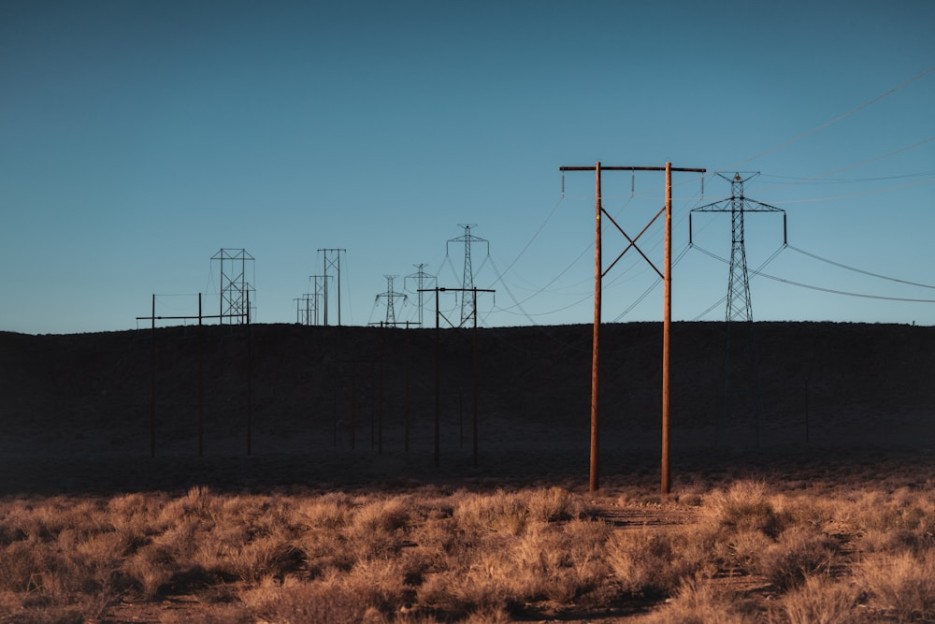
The U.S. Department of Energy (DOE) unveiled its latest report, “Pathways to Commercial Liftoff: Innovative Grid Deployment,” aimed at accelerating the adoption of advanced grid solutions to enhance reliability and reduce costs. This release marks the tenth installment in the Liftoff series, initiated in March 2023, highlighting the transformative potential of advanced grid technologies.
The report emphasizes the role of commercially available solutions, such as advanced conductors, dynamic line rating, and energy storage, in meeting the growing demands on the grid. By deploying these technologies, the existing grid could support up to 20–100 GW peak demand growth while simultaneously improving reliability, resilience, and affordability for consumers.
U.S. Secretary of Energy Jennifer M. Granholm underscored the urgency of grid modernization efforts, stating, “The majority of the nation’s transmission and distribution lines are drastically overdue for an upgrade, which is why President Biden’s Investing in America agenda is so critical to bring the grid up to date.”
Key findings from the report
1. Near-term solutions are available: The report identifies multiple commercially available advanced grid solutions that can address immediate grid challenges, including rapid demand growth, reliability concerns, and integration of new energy generation sources.
2. Untapped value of the existing grid: Deployment of advanced grid technologies could significantly increase the capacity of the current grid by 20–100 GW of peak demand, enhancing reliability and affordability.
3. Low cost and quick deployment: Most advanced grid solutions are cost-effective alternatives to traditional infrastructure upgrades, utilizing existing infrastructure and offering rapid deployment capabilities.
4. Possibility of liftoff within three to five years: The report outlines strategies for comprehensive integration of advanced grid solutions into core grid investment, planning, and operations. By pursuing a series of strategic deployments across diverse utility contexts, adoption at scale can be derisked while ensuring minimal impact on household ratepayers.
As the U.S. Administration pushes towards its ambitious goal of achieving a net-zero emissions economy by 2050, the DOE’s report serves as a roadmap for modernizing the nation’s energy infrastructure. By leveraging innovative grid solutions, the United States can enhance energy security, promote sustainability, and meet the evolving needs of consumers in the 21st century.
